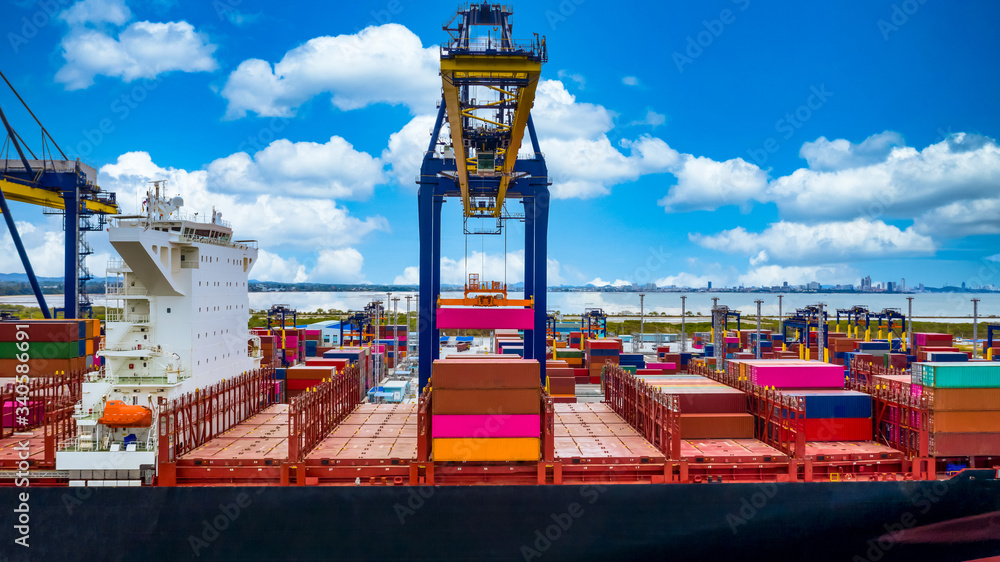Overview of Quay Cranes
Quay Cranes (QC), pivotal in ship-to-shore operations, represent a cornerstone of modern container logistics. These cranes are engineered for high efficiency and safety, facilitating the rapid loading and unloading of cargo containers from vessels. Leveraging advanced quay crane technology, ports worldwide have seen significant enhancements in operational throughput and reliability.
Key Technologies and Innovations
The evolution of QC technology has introduced automated quay cranes, revolutionizing container handling. These systems employ crane anti-sway technology and sophisticated algorithms, minimizing manual intervention and reducing loading/unloading times. Automated QCs are a testament to the industry’s shift towards efficiency and safety, ensuring precise and secure container movements.
Operational Benefits of QC
Implementing advanced QC systems yields considerable operational benefits. High-speed container handling and improved QC productivity metrics translate into enhanced port efficiency and throughput. These cranes maximize capacity utilization, streamline handling processes, and significantly contribute to the global logistics chain’s overall productivity.
Challenges in QC Deployment
Despite their advantages, deploying QCs comes with its set of challenges. Operational challenges, including high initial costs and the need for skilled personnel, are prominent. However, advancements such as advanced crane simulation and real-time monitoring offer solutions, enhancing maintenance practices and reliability.
| Feature | Traditional Crane Operations | Advanced Quay Crane Operations |
|---|---|---|
| Technology | Manual control, minimal automation | Highly automated, anti-sway technology |
| Operational Efficiency | Lower, due to manual handling | Higher, due to automation and precision |
| Safety | Higher risk of accidents | Enhanced safety protocols and reduced human error |
| Productivity Metrics | Moderate throughput | High-speed container handling, increased throughput |
| Operational Challenges | Requires more manual labor | Initial cost and training for automation technology |
| Energy Efficiency | Less energy-efficient | Energy-efficient operations with advanced systems |
| Maintenance | Regular maintenance required | Advanced monitoring for predictive maintenance |
| Capacity Utilization | Limited by manual operation speeds | Optimized through streamlined handling processes |

